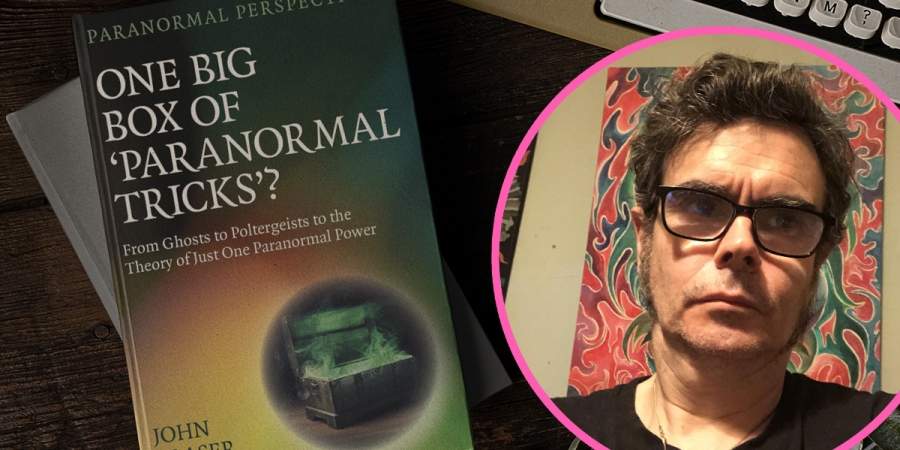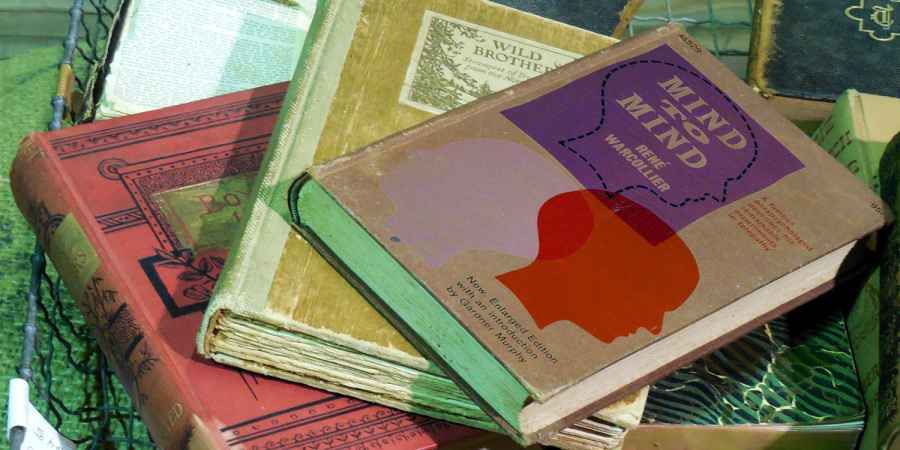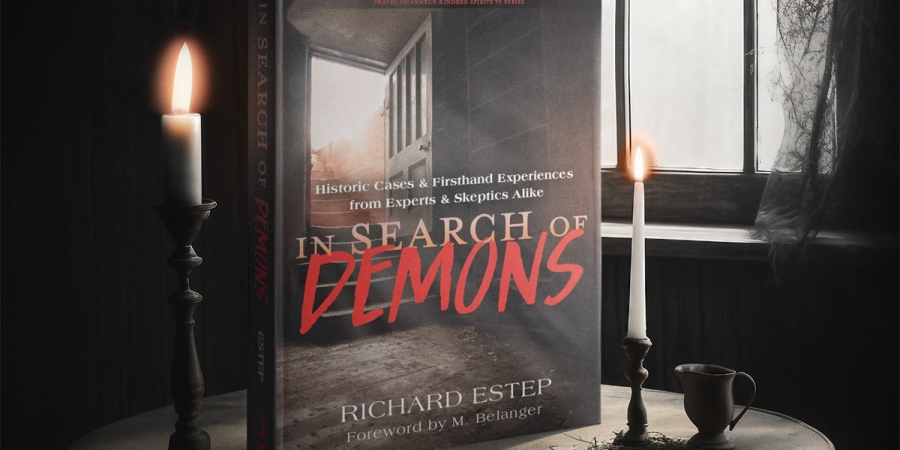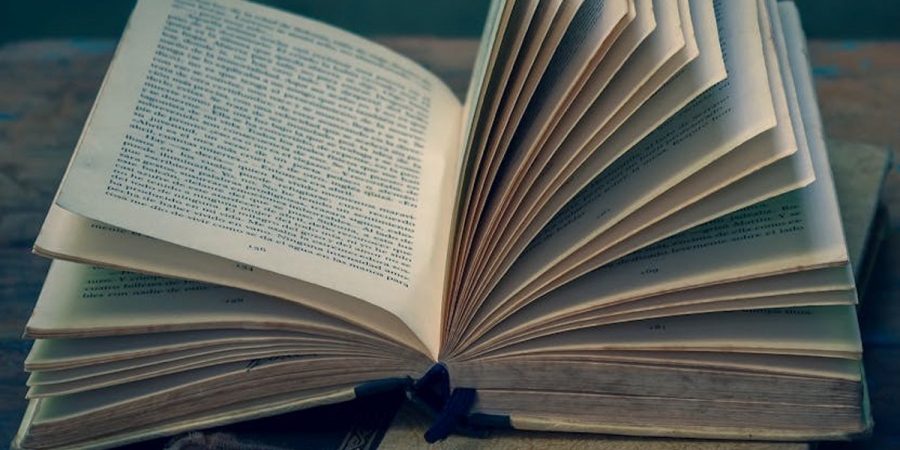

Just in time for Halloween, John Fraser's new book, 'One Big Box Of 'Paranormal Tricks'?: From Ghosts To Poltergeists To The Theory Of Just One Paranormal Power', is released on October 29. The book is a reflective and thought-provoking journey that invites readers to question the very nature of the unexplained, from ghosts and poltergeists to the possibility that one theory could explain all paranormal mysteries.
The book, part of the 'Paranormal Perspectives' series, aims to explore what the paranormal means to a collection of authors with different backgrounds. John's, the second in the series, follows the September release of 'A Jungian Understanding Of Transcendent Experiences' written by the American psychologist Susan Plunket, who has personally experienced a wide spectrum of paranormal events in her life.
John describes his book, the second in the series, as a "thought-provoking but occasionally amusing meditation on the subject." He is no stranger to the subject, having spent years exploring haunted locations, poltergeist activity, and the broader mysteries that defy conventional understanding. Rather than simply recounting ghostly encounters, 'One Big Box Of Paranormal Tricks?' takes a more introspective approach, focusing on what these experiences can reveal about ourselves and our understanding of reality.
John's book weaves together his personal experiences with the insights and influences of notable figures in the field, from the pioneering Harry Price to the writings of Colin Wilson. But John admits, "It is not, of course, meant to be the complete final word on our complicated subject."
John acknowledges the impact of several key figures who have shaped his thinking over the years. His exploration of these influences in the book provides context for his later investigations, showing that his approach is grounded in a blend of skepticism, open-mindedness, and a deep respect for the complexities of the unknown.
This reflective style is evident throughout the book. John is not just interested in proving or debunking the paranormal, he is more concerned with what these experiences can teach us about ourselves and our understanding of reality. John isn't content to simply describe what he has encountered, he wants to understand what these encounters mean for our collective search for meaning in the unexplained.
John's need for understanding leads him to write about how hauntings might be the result of the 'attitudes' of those experiencing them. John said, "By 'attitude,' I of course mean our state of mind, and there is indeed a great deal of evidence that paranormal [phenomena] occurs when our state of mind starts to breach our normal waking or possibly 'half-waking' state. With regards to ghosts and poltergeists, these are normally states of stress such as adolescence, a broken relationship, the death of someone close, or even a house move, which in some surveys comes as one of the top five stressful life events. The latter two are interesting as they are possibly sometimes identified as phenomena from a recently passed loved one of moving into a haunted house."
John added, "The key thing here is: Do other non-stressful states of mind cause different types of phenomena? A medium in a trance-like state might pick up difficult-to-access information, genuinely externalising that process by identifying with a spirit guide. The occultist Aleister Crowley, in a similar trace-like state, wrote his 'Book Of The Law' in under two hours, guided by his guardian angel Aiwass. I suspect a medium and Crowley would be a little shocked at the thought they have something in common, but the processes seem to be the same. Are those externalisations actually there, or is the heightened state of consciousness simply the key to 'supernormal' powers such as automatic writing and ESP?"
John's mission to make sense of the unexplained is particularly evident in the book's final chapter, 'On the Eighth Day!', where John contemplates the idea of a "paranormal theory of everything." He suggests that these unexplained events might be part of a larger, interconnected reality.
John said, "It is in our DNA to externalise things we do not fully understand. At its most basic, that fear of a spider by some - not me, I can assure you - is caused in our minds by the great beast itself that stands at two centimetres high and not something innate within us. Likewise, that fear of heights - yes, that's me now - is externalised by that immanent threat of falling despite the fact there are adequate safety railings."
John explained, "So, there are many ways in everyday life that our subconscious does not work in tandem with our conscious mind, yet our so-called 'rational' conscious mind seems to have the final say. Likewise, paranormal events are externalised rightly or wrongly."
John says this tendency to externalise fears may also explain how, in the case of East Drive, Pontefract, strange occurrences were attributed to an 'evil black monk'. He explained, "The strange occurrences were blamed on an evil black monk who must have had some reason to haunt the liquorice fields that were there before the house. Perhaps that evil Black Monk had a sweet tooth? Or perhaps we revert to archetypes." John adds that "historic poltergeist cases in Eastern Europe were, after all, sometimes equally blamed on 'evil' vampires."
Still, even if a 'one big paranormal box' explanation were uncovered and understood, would it truly satisfy those who have experienced paranormal events firsthand?
John said, "Even if in the future a 'one big box' paranormal concept was fully uncovered and understood - and let's face it, we are far from being there yet - our sometimes irrational conscious mind might rebel against it when experiencing phenomena. And, with my fear of heights, I would have a lot of sympathy with that."
The book serves as an accessible and insightful introduction to the world of paranormal investigation, free from the sensationalism that often accompanies the genre. John's writing is balanced, inviting readers to form their own conclusions rather than imposing his beliefs on them.
With its release on October 29, 'One Big Box Of Paranormal Tricks?' is a must-read for anyone interested in the paranormal investigation and supernatural beliefs. Whether you're a seasoned ghost hunter or a curious skeptic, John Fraser's latest book offers an engaging exploration of the paranormal from John's unique perspective.
There are more books planned for release in 2025 alongside John's in the 'Paranormal Perspectives' series, including an offering from Gavin Lee Davies, the author of 'A Most Haunted House.'
'One Big Box Of 'Paranormal Tricks'?: From Ghosts To Poltergeists To The Theory Of Just One Paranormal Power' is released on October 29 and is available to pre-order now from Amazon.
Learn With Higgypop
Hosted by Paralearning in association with Higgypop, these courses on ghost hunting, paranormal investigations, and occult practices draw on the experience of our team of paranormal writers.

Diploma In Advanced Scientific Theory For Paranormal Investigators
This course gives you practical and useful knowledge of ghost hunting and paranormal research, which is invaluable when conducting your own paranormal investigations or as part of a group event.
View Course
Diploma In Parapsychology & Psychic Phenomena
This course gives you practical and useful knowledge of ghost hunting and paranormal research, which is invaluable when conducting your own paranormal investigations or as part of a group event.
View CourseMore Like This

BooksMarch 17, 2025
Revisiting 'Mind To Mind': René Warcollier's 1948 Book On Telepathy

Remote ViewingMarch 05, 2025
7 Things We Learnt About Remote Viewing From This Forgotten Book

BooksNovember 22, 2024
Richard Estep Explores The Demonic In His New Book 'In Search Of Demons'

HalloweenOctober 17, 2024
Most Spooky Genre Readers Believe They Can Solve Real-Life Mysteries
 See More on Audible
See More on Audible
Comments
Want To Join The Conversation?
Sign in or create an account to leave a comment.
Sign In
Create Account
Account Settings
Be the first to comment.